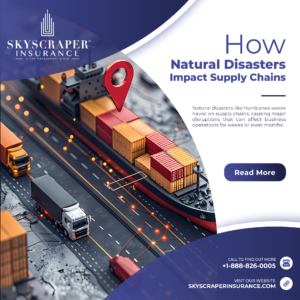The Northeast’s first snowfall of the season spawned school closures, dangerous driving conditions and hundreds of flight delays or cancelations. Heading into the coldest months of the year, prepare for more hazardous winter weather events with safety tips for driving in the snow, detailed in a top story below. In other winter-related news this week, a new study indicates 50% of American shoppers will buy online this holiday season. Learn how to fend off cybercriminals with digital tips for secure holiday shopping in another top story included below in this week’s newsletter.
he Northeast was hit with its first snowfall of the season this week, creating a messy commute for residents as some parts of the region accumulated up to 12 inches of snow.
Travel advisories in New York urged residents and commuters to take public transportation whenever possible and avoid driving due to dangerous road conditions.
It doesn’t take a blizzard to create hazardous driving conditions. According to the National Highway Traffic Safety Administration (NHTSA), winter weather conditions are responsible for 17% of all vehicle crashes annually. And every year, AAA attends to approximately 32 million stranded motorists across the country.
Any amount of snow or ice conditions demand careful driving practices and special preparation steps for your vehicle ahead of inclement winter weather activity. To prepare motorists, AAA assembled a list of winter-weather reminders, detailing several critical safety tips for driving in the snow and other icy conditions, detailed in the slideshow above.
Before the storm
AAA also offers a few winter driving preparedness tips to consider ahead of any inclement weather activity this season:
- Avoid driving while you’re fatigued. Getting the proper amount of rest before taking on winter weather tasks reduces driving risks.
- Never warm up a vehicle in an enclosed area, such as a garage, nor leave a running vehicle unattended.
- Make certain your tires are properly inflated and have adequate tread.
- Have the battery checked by a professional to ensure it is strong enough to face cold weather.
It is highly advised that motorists prepare a winter emergency kit to stow in the trunk of their vehicle. AAA says emergency kit items should include a de-icer, shovel, ice scraper, warning flare or reflector triangle, flashlight with fresh batteries, first aid kit, jumper cables and sand or kitty litter (for traction). It’s also a good idea to pack a blanket, extra gloves, jacket, scarf, and for safety, a hat so you can be seen if you have to get out of your vehicle.




